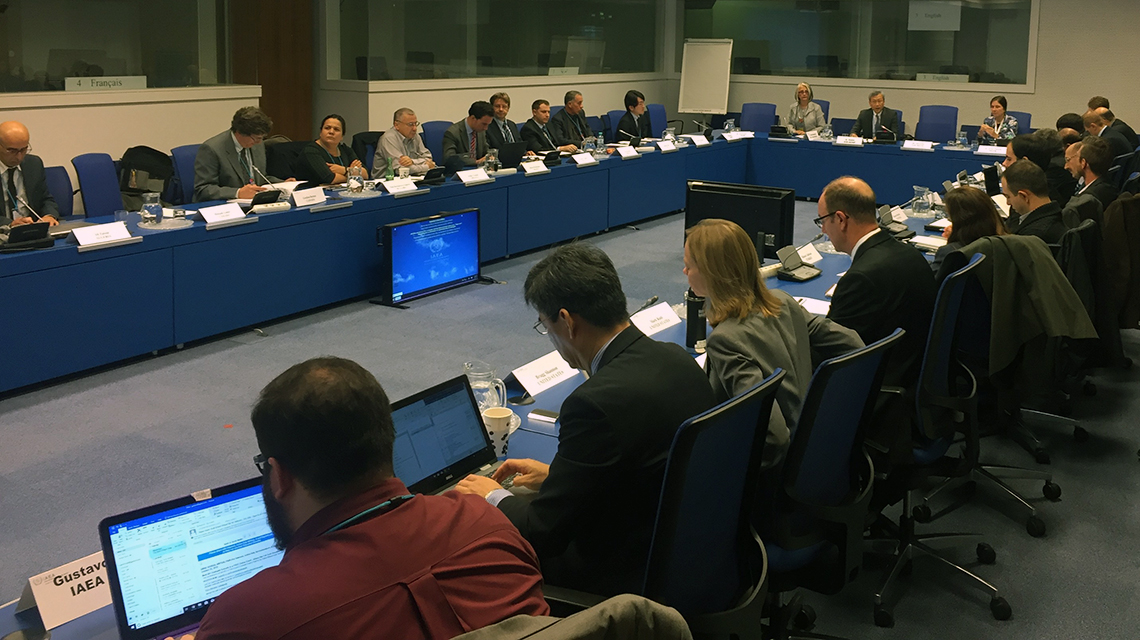A hybrid energy system combining both nuclear and renewables can significantly reduce greenhouse gas (GHG) emissions compared to conventional fossil fuels, participants at an IAEA meeting heard last week. Such an integration would also foster cogeneration for seawater desalination, hydrogen production, district heating, cooling and other industrial applications. Further research and development, the introduction of appropriate policies and market incentives are important next steps.
“After the 2015 Paris Agreement on Climate Change, there has been growing interest in viable, economically competitive and integrated solutions for low carbon, affordable, resilient energy generation and supply of process heat for industrial purposes,” said Dohee Hahn, Director of the IAEA Division of Nuclear Power. “Nuclear power has a significant potential to contribute to GHG emission reductions and has already avoided a significant amount of CO2 emissions in recent decades.”
The two main options for low carbon energy are nuclear energy and renewables, including wind, solar, hydroelectric, biomass, geothermal and marine technologies. Many countries have these energy sources in their national energy mix, but few have explored the possible synergies between them.
Nuclear–renewable hybrid energy systems are integrated facilities comprised of nuclear reactors, renewable energy generation and industrial processes that can simultaneously address the need for grid flexibility, greenhouse gas emission reductions and optimal use of investment capital.
Nuclear power can provide flexible operation based on energy demand, while renewables such as wind and solar are intermittent. By performing a balancing act through such flexible operation, also known as load following, nuclear power can enhance the efficiency of renewables.
Representing operating, expanding and embarking countries and the European Commission, 24 experts from 15 Member States reviewed and discussed innovative concepts and research on the coordinated use of nuclear and renewable energy sources as part of a meeting on Nuclear–Renewable Hybrid Energy Systems for Decarbonized Energy Production and Cogeneration, held in Vienna on 22–25 October 2018. They identified gaps that could be addressed through international cooperation and shared information on requirements, key challenges and potential technical, business and policy solutions.
“It appears that the greatest challenge is identifying the business case and profitable option for these nuclear–renewable hybrid energy systems,” said Marc Ruth from the National Renewable Energy Laboratory in the US and co-chair of the meeting.
For fossil-rich nations, there is also the issue of how the move to hybrid energy systems would impact their industries, jobs and resources. “We are not looking at eliminating fossil resource use, but changing how we use it,” explains Shannon Bragg-Sitton, from the Idaho National Laboratory, who also leads a programme on Nuclear–Renewable Hybrid Energy Systems on behalf of the US Department of Energy, Office of Nuclear Energy and co-chaired the meeting. “This carbon resource is very valuable and could be converted to higher value products, such as plastics or chemicals and other products that can be utilized beyond heat.”

